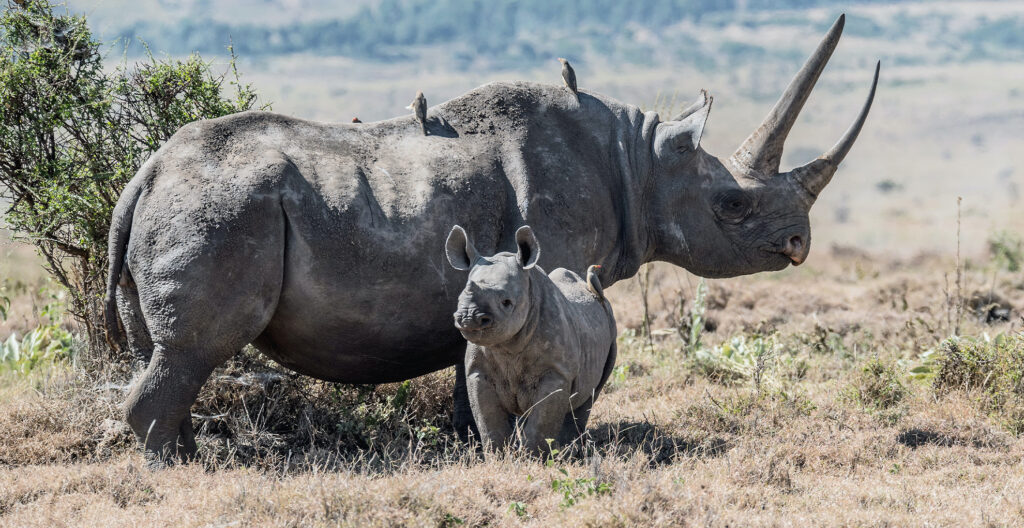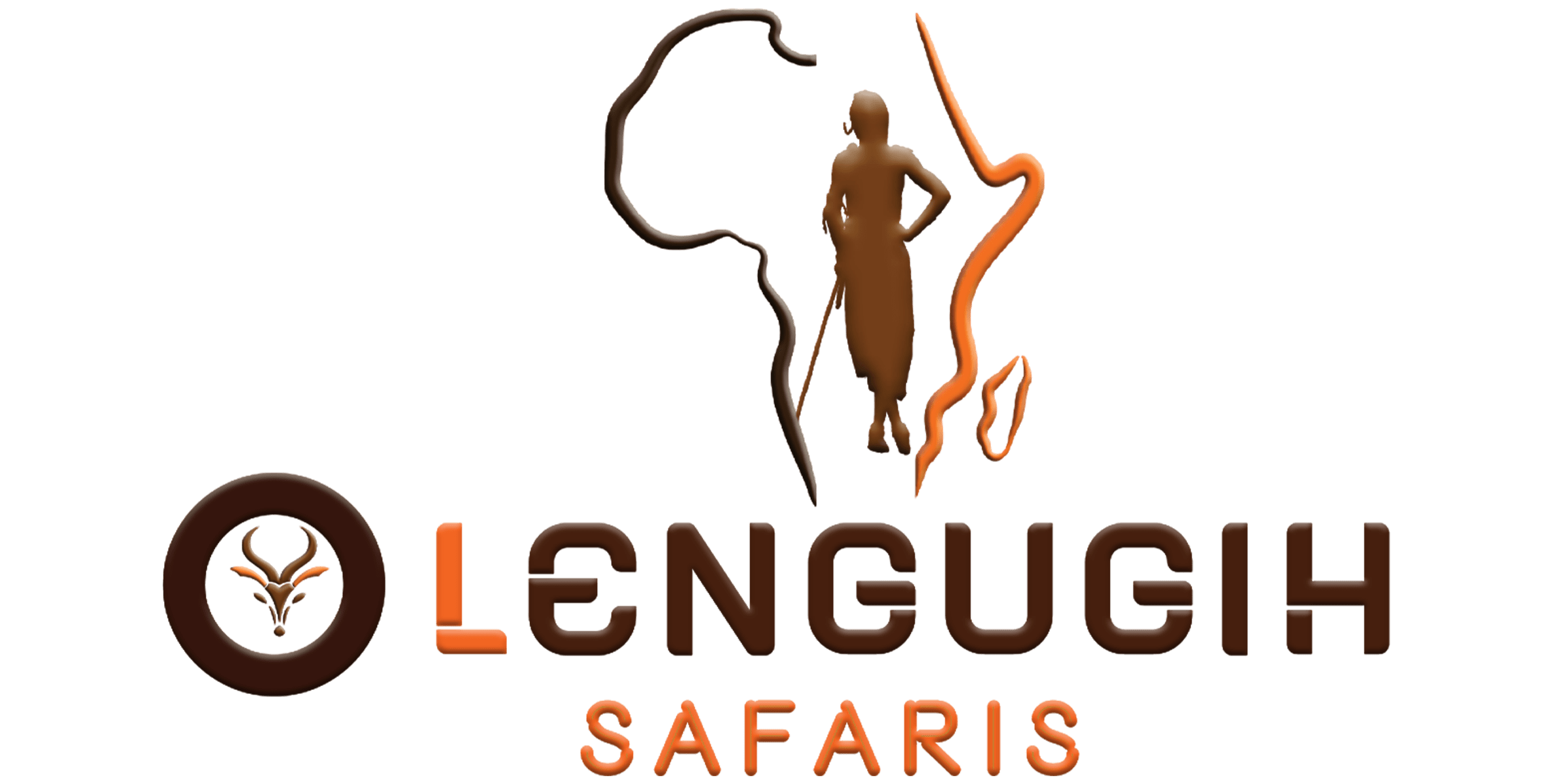Conservation Challenges and Efforts
Kenya, a land of stunning landscapes and rich biodiversity, is home to unique wildlife. However, many species face threats due to habitat loss, poaching, and human activities. Conservationists are working hard to protect these animals from extinction. This article explores endangered animal species in Kenya, the dangers they face, and the efforts to save them.
African Elephant (Loxodonta africana)
The African elephant is an iconic species, but it is endangered. Poaching for ivory and habitat destruction are major threats. Human-wildlife conflict also affects their survival. Conservation groups and the Kenyan government have stepped up efforts to protect elephants. Anti-poaching patrols, strict laws, and community conservation programs help safeguard these giants. Amboseli National Park and Tsavo Conservation Area remain key habitats for these endangered animal species in Kenya.

Black Rhino (Diceros bicornis)
The black rhino is critically endangered. Poaching for its horn has caused severe population declines. Many believe rhino horns have medicinal properties, leading to illegal hunting. Conservationists monitor rhinos closely, relocate them to secure areas, and involve local communities in protection efforts. Ol Pejeta Conservancy and Lewa Wildlife Conservancy are leading the fight to save this species. Their efforts have helped increase rhino numbers, offering hope for their survival.

Grevy’s Zebra (Equus grevyi)
The Grevy’s zebra is the most endangered zebra species. It has thinner stripes and large ears compared to other zebras. Habitat loss and competition with livestock threaten its survival. Conservation programs focus on community-based protection, habitat restoration, and education. Samburu and Laikipia are vital areas for conserving these endangered animal species in Kenya. Awareness campaigns help locals understand the importance of zebra conservation.

African Lion (Panthera leo)
Lions have lost much of their natural habitat. Human-wildlife conflict is a significant threat. Farmers kill lions to protect livestock. Habitat fragmentation and illegal hunting have reduced their population. Conservationists use predator-proof bomas (livestock enclosures) to prevent conflict. They also educate communities and offer incentives for coexistence. The Maasai Mara and Tsavo are strongholds for lions in Kenya.

Mountain Bongo (Tragelaphus eurycerus isaaci)
The mountain bongo is a rare and beautiful antelope. It is found only in Kenya’s highland forests. Hunting, habitat destruction, and disease have pushed it to the brink of extinction. Conservation efforts include breeding programs, habitat restoration, and monitoring. Organizations are working to reintroduce bongos into safe areas. Mount Kenya and Aberdare forests are crucial habitats for these endangered animal species in Kenya.

African Wild Dog (Lycaon pictus)
The African wild dog is one of the rarest carnivores in Kenya. Its population has declined due to habitat loss, disease, and hunting. These social animals live in packs and require large territories. Conservationists track wild dogs, vaccinate them against diseases, and work with communities to reduce conflicts. Laikipia and the Maasai Mara offer some of the last safe spaces for these endangered predators.

Conclusion
Endangered animal species in Kenya face many threats, but conservation efforts offer hope. From elephants to wild dogs, dedicated programs are helping protect these animals. Sustainable tourism, community involvement, and anti-poaching laws play a vital role. By supporting conservation initiatives, we can help save Kenya’s unique wildlife for future generations.
